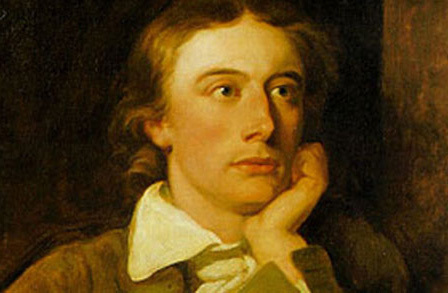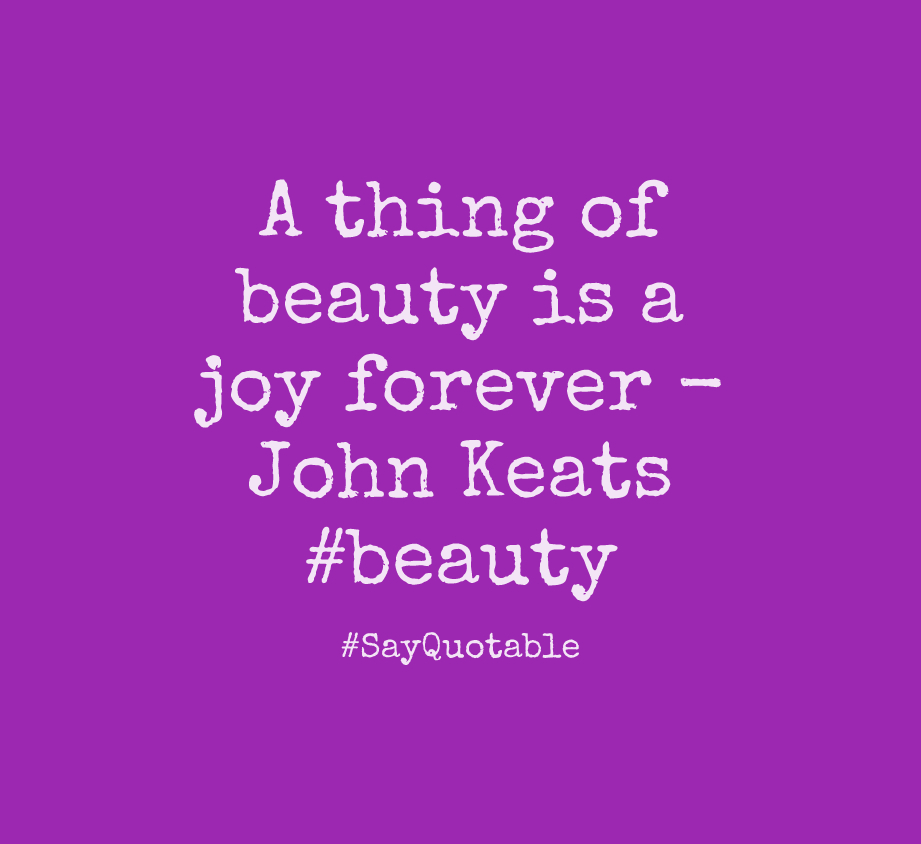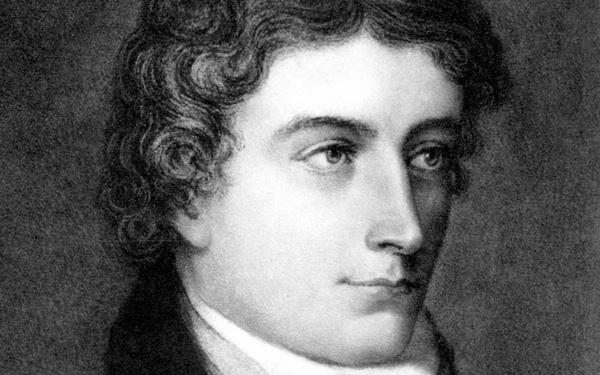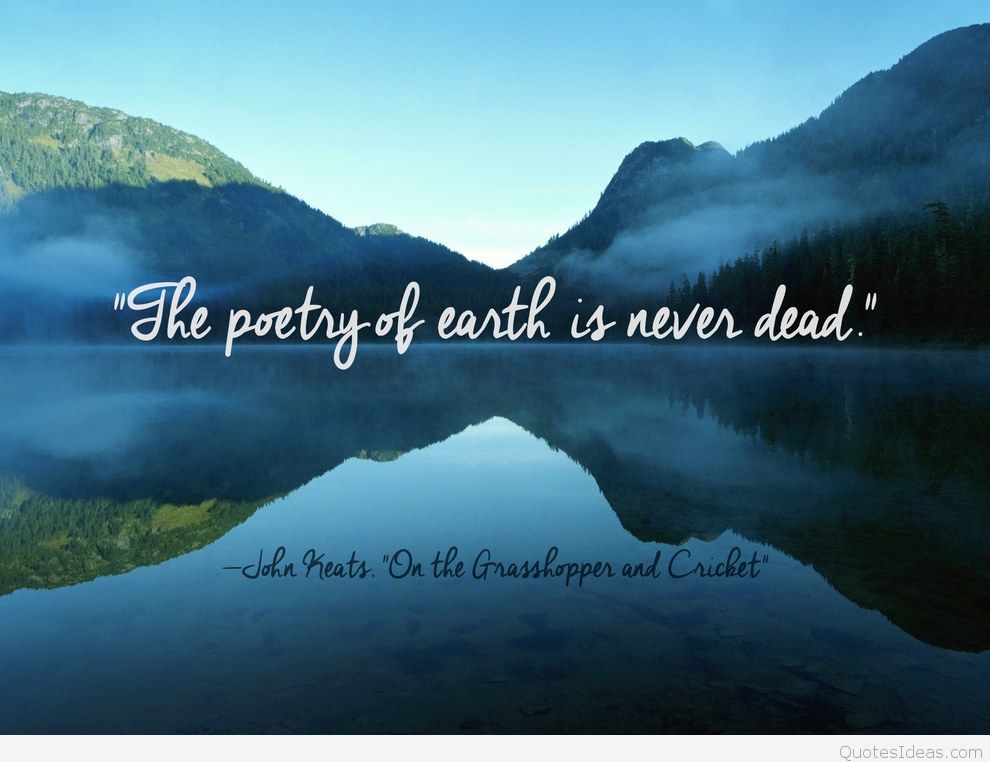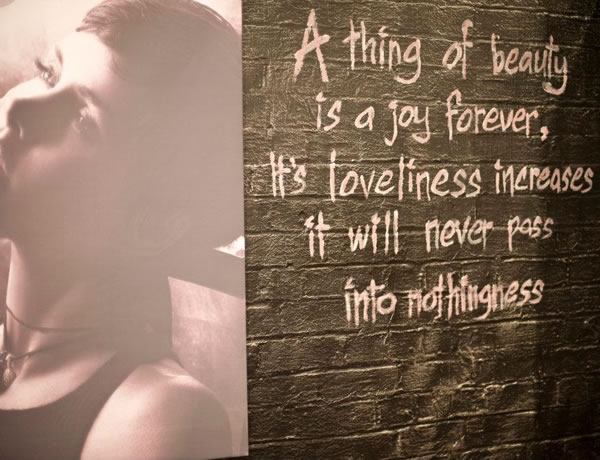About John Keats: John Keats belonged to the second generation of Romantic poets which included Lord Bryon and Percy Bysshe Shelly. Born in 1795, John Keats had a short lifespan in which he published 54 poems. His poems were not much praised during his lifetime, but posthumously they received good appreciation. His poems were first published when he was 21 years of age. His most notable works include “I Stood Tip-toe Upon a Little Hill”, “Sleep and Poetry”, and the famous sonnet “On First Looking into Chapman’s Homer”. In 1820, he published his third and best volume of poetry Lamia, Isabella, The Eve of St. Agnes, and Other Poems. It was in this collection that the three poems considered to be one of the finest among English language were included; Ode on a Grecian Urn, Ode on Melancholy and Ode to a Nightingale. John Keats died a young man at the age of 25 due to tuberculosis.
About When I Have Fears: This poem was enclosed in a letter to Keats’s friend, John Hamilton Reynolds in the year 1818. Keats was fascinated by death; his death, specifically. He always expected to die at any moment and many of his poems have death or melancholy as their theme. This is one of such poems.
Setting of the poem: There are numerous locations in the poem, which include night sky and oceans. But all of this is primarily in the speaker’s imagination. So the setting of the poem is in the poet’s mind.
Poetic Devices in When I Have Fears
Rhyme: The end words of alternate lines rhyme throughout the poem except for the last two lines whose alternate words rhyme with each other. ‘Brain’ of line 2 rhymes with ‘grain’ of line 4 and so on. This particular rhyme scheme is of the Shakespeare sonnet.
Sonnet: The poem is a sonnet. A sonnet consists of 14 lines, which the poem does and it has a formal rhyme scheme, as seen in the above section. The sonnet is more specifically a Shakespearean sonnet. There is a theme or a problem in the first 12 lines of the poem and the twist or turn to this problem is given in the last two lines. The rhyme scheme is ababcdcdefef and the last two lines have a rhyme scheme gg. The poem is written in iambic pentameter, meaning the ten syllables in a line are unstressed and stressed alternatively in the said order. All this supports the fact that this poem is written in the style of a Shakespearean sonnet.
Personification: In line 5 of the poem, the speaker uses the phrase, ‘the night’s starred face’. Night doesn’t have a face. But with the use of personification, it is said to have one.
Imagery: Vivid imagery is seen throughout the poem. We are taken into a room full of high piled books, we are made to stand under the starry skies, to see huge clouds and finally, we are made to stand on the shore of the wide, wide world. The poet uses abundant imagery to get his meaning across.
Simile: In line 4, the garners are said to hold the grain. In this context, garners are a simile to books and the grain is a simile to the poet’s mind. The poet says that the way a garner holds a grain, so do his books hold his thoughts.
Repetition: Lots of words are repeated in the poem to emphasize and enhance its message. The use of words ‘when’ and ‘and’ in the lines 1, 5, 9 and lines 7, 9 is seen to be repeated.
Summary of When I Have Fears by John Keats
When the speaker of the poem has fears that he will die without putting down all the thoughts he has on paper and making books which hold his teeming brain; when he fears that he would not have the luck to love and experience romance; when he fears that he would not receive the love which he bestows on a fair creature; he imagines himself in the wide world and changes his perspective, so that all his desires and love fade to nothingness in front of the great vastness.
When I Have Fears Analysis by John Keats
‘When I have fears that I may cease to be’; the first line is a full blown example of the iambic pentameter which the poet uses in this Shakespearean sonnet. The speaker of the poem fears death before he puts down all the booming ideas in his brain. He compares his ideas to grain and the books to the garners in a simile.
The speaker next uses personification and imagery to show that he yearns for love; he yearns for ‘high’ romance. He says that love floats high in the starry night. This shows that the speaker has no real hopes for love as he searches for it high in the sky, rather than in front of him on the land. He also thinks that he would not experience romance because the luck will not favor him. ‘…the magic hand of chance’ here is luck and the speaker fears he does not have it.
The speaker then fears that even if he does love, his love would not be returned, however magical and powerful the love may be. ‘…faery power of unreflecting love’ shows that his love has the power similar to that of fairies, but it is also unreflecting, unreturned. He also says that the object of his love, the fair creature may not be so fair for all time, not even for the next hour or the next day, and he fears this too.
When the speaker has such thoughts, he stands on the brink of the shore of this wide world we live in. He stands there and watches as his desires and love lose importance in front of the vast world. He watches as they eventually fade away.
The last two lines which contain the above meaning make a couplet, which has the turn of the poem or the twist in the tale. Normal sonnets have this in the 8th line of the poem. But Shakespearean sonnets differ in this aspect by including the turn only in the last two lines.
The desires of the poet, his yearning for love and his fear of death which he so profoundly claims throughout the remaining 10 lines of the poem are turned obsolete in the last two lines. When things are kept in perspective, he sees that all that he wants is but a point in infinity. In this way, he negates his heart and mind. The speaker of the poem is morbid and this can be seen in every idea he gives in the poem.
Central Idea of the poem: The poem is a reflection of the true feelings of the poet, Keats. Keats was always fascinated with death, so much so that when his tuberculosis became severe, he yearned for his death, not because of the pain, but because of his fascination. Keats always held a sort of premonition of his death and this idea of his shows through in many of his poems.
This particular piece of poetry is to convey his fear of death (fear not in the sense that he would die, but in the sense that he would do so before he accomplishes his desires, before he achieves fame and before he experiences romance) and how he deals with it, to his best friend Reynolds.
Tone of the poem: The tone of the poem is morbid throughout. For every positive thing the speaker has to say, there is a much negative aspect attached to it. The speaker says that he wants to experience romance, but he looks for it in the sky rather than on the earth. The speaker says that maybe he loves a fair creature, but her love would be unforthcoming and her fairness is but a matter of time. For all the partly positive things he says in the first 10 lines, he says the complete opposite in the last two.
Hence, the tone of the poem and that of the speaker is morbid and melancholic with a few traces of hope.
Conclusion: The speaker of the poem is Keats himself. His fascination of death is seen in the speaker of the poem. Keats says he sometimes fears to die before accomplishing everything he wants to accomplish and in such a time, all he does is take a breath and imagine himself in this vast world; a single person, a single mind in the huge mass of life and his worries fade away. This can be taken as a message to the readers that all their worries become much smaller when put in perspective and that they should all focus on enjoying their lives instead; but the main aim of the poem is to convey his (Keats’s) emotions, fascinations, and worries to his friend.
Some online learning platforms provide certifications, while others are designed to simply grow your skills in your personal and professional life. Including Masterclass and Coursera, here are our recommendations for the best online learning platforms you can sign up for today.
The 7 Best Online Learning Platforms of 2022
- Best Overall: Coursera
- Best for Niche Topics: Udemy
- Best for Creative Fields: Skillshare
- Best for Celebrity Lessons: MasterClass
- Best for STEM: EdX
- Best for Career Building: Udacity
- Best for Data Learning: Pluralsight
